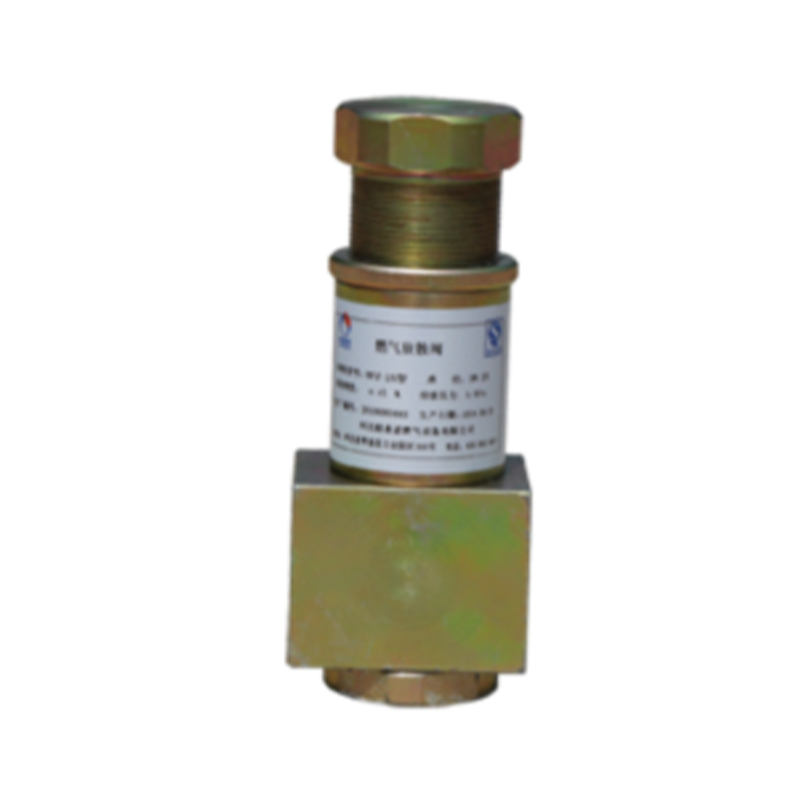
7 月 . 26, 2024 05:25
Back to list
Understanding the Functionality and Importance of Pressure Reducing Valves in Fluid Systems
Understanding Pressure Reducers Key Components and Applications
A pressure reducer, often referred to as a pressure regulator, is a crucial device used in various industrial and domestic applications to manage and control the pressure of fluids and gases. By reducing the pressure from a higher input level to a desired lower output level, pressure reducers help to enhance safety, efficiency, and reliability in systems that rely on pressurized fluids.
Working Principle
The fundamental operation of a pressure reducer is relatively straightforward yet highly effective. It typically consists of a diaphragm, spring mechanism, and an inlet and outlet connection. When pressurized fluid enters the reducer, it acts on the diaphragm, which is connected to a spring. The balance between the spring tension and the fluid pressure dictates the output pressure. As the output pressure increases, the diaphragm moves, compressing the spring until a steady-state is achieved. This mechanism allows the pressure reducer to automatically adjust and maintain the set output pressure despite fluctuations in the input pressure.
Types of Pressure Reducers
Pressure reducers come in various types, each designed for specific applications. Some of the most common types include
2. Two-Stage Pressure Reducers Suitable for applications requiring more precise control over pressure, these reducers first lower the pressure in two stages for smooth output.
3. High-Pressure Reducers Designed for high-pressure systems, they are built to withstand extreme conditions while steadily regulating pressure.
pressure reducer

4. Electronic Pressure Regulators Utilizing electronic controls, these regulators enable more advanced monitoring and adjustments, ideal for automated and high-tech applications.
Applications
The importance of pressure reducers spans across numerous industries. In the gas supply industry, pressure reducers are critical for distributing gases like natural gas to homes and businesses while ensuring safe operating pressures. In medical applications, they are employed in oxygen supply systems to safely deliver oxygen at controlled pressures for patients requiring respiratory support.
In manufacturing processes, pressure reducers play a significant role in managing hydraulic and pneumatic systems. By maintaining stable pressure levels, they help enhance the efficiency of machinery, reduce wear and tear, and prevent catastrophic failures caused by over-pressure conditions.
In the water supply industry, pressure reducers help to manage the distribution of water within urban infrastructures, protecting pipes and fittings from damage due to excessive pressure. They are also increasingly vital in renewable energy applications, where they manage pressures in systems like solar thermal plants or biogas facilities.
Benefits and Importance
The advantages of employing pressure reducers in various systems are manifold. First and foremost, they significantly enhance safety by preventing over-pressure situations that could lead to system failures or even explosions. Secondly, they improve the longevity of equipment by maintaining operational conditions within designed limits, thus reducing maintenance and replacement costs. Moreover, by ensuring efficient operation, pressure reducers ultimately contribute to energy conservation and cost savings.
In conclusion, pressure reducers are indispensable components in both industrial and domestic applications. Their ability to efficiently manage fluid and gas pressures not only enhances safety and operational reliability but also supports the smooth functioning of numerous systems. As technology progresses, the development of more sophisticated pressure regulation solutions continues to play a vital role in advancing various sectors, reflecting the ongoing importance of these devices in modern infrastructure.
Latest news
-
Unlocking The Quality Gas Pressure ReducersNewsNov.01,2024
-
The Role of Gas Pressure Reducing StationsNewsNov.01,2024
-
The Importance and Functionality of Safety Relief ValvesNewsNov.01,2024
-
The Essential Role of Safety Valves in Natural Gas ApplicationsNewsNov.01,2024
-
The Essential Role of Gas Pressure RegulatorsNewsNov.01,2024
-
Enhance Your Premium Gas FiltersNewsNov.01,2024

